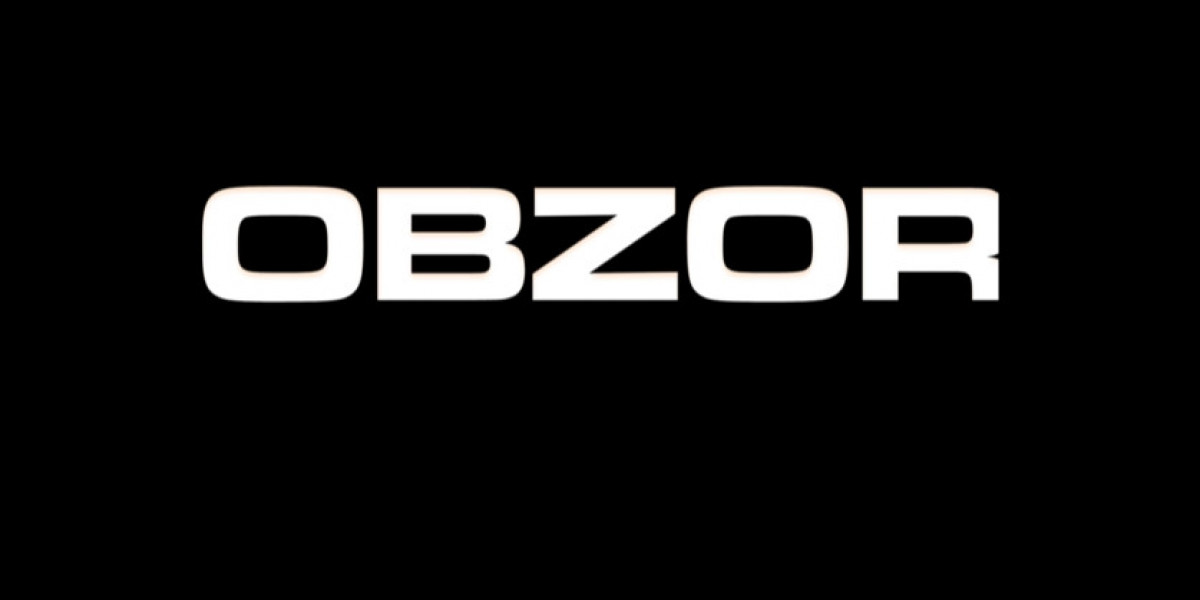In today’s fast-paced and tech-driven world, companies need strong teams to grow and succeed. Two important roles that contribute to this growth are the Business Development Manager and the Technical Support Engineer. While their functions may seem different, they are both essential for building customer relationships, solving problems, and driving revenue.
Let’s explore what each role involves and how they support the business from different angles.
Who is a Business Development Manager?
A Business Development Manager (BDM) is responsible for identifying new business opportunities. They focus on generating leads, building partnerships, and increasing company revenue. Their main goal is to grow the business in a sustainable and strategic way.
Key Responsibilities:
- Identifying new markets and customer segments
- Developing sales strategies and pitches
- Building long-term relationships with clients
- Working with the marketing team to support campaigns
- Negotiating deals and closing sales
A good BDM understands the market, listens to customer needs, and crafts solutions that add value. They are often the face of the company in early client interactions.
Skills Required for a Business Development Manager
To succeed in this role, one needs a blend of communication, strategy, and sales skills. Here are some of the top qualities:
- Strong communication and negotiation skills
- Knowledge of industry trends and customer behavior
- Goal-oriented mindset
- Ability to work under pressure
- Team collaboration and leadership abilities
Many BDMs work closely with sales and marketing teams. Their role is crucial in building trust with potential clients and setting the stage for long-term partnerships.
Who is a Technical Support Engineer?
While the BDM brings in new clients, the Technical Support Engineer (TSE) ensures they stay happy. This role focuses on helping customers solve technical problems with a product or service. A Technical Support Engineer is often the first point of contact for troubleshooting and assistance.
Key Responsibilities:
- Responding to customer inquiries and technical issues
- Providing product knowledge and technical solutions
- Documenting support cases and resolutions
- Collaborating with engineering teams for bug fixes
- Ensuring customer satisfaction with timely support
TSEs play a big role in post-sales service. Their job is not just to fix issues but to ensure the customer experience is smooth and positive.
Skills Required for a Technical Support Engineer
A great Technical Support Engineer needs both technical knowledge and soft skills. Here’s what makes them stand out:
- Deep understanding of the product or software
- Problem-solving and analytical thinking
- Clear communication, both verbal and written
- Patience and empathy with customers
- Ability to learn and adapt quickly
Technical support is no longer just about fixing bugs. It’s about creating an experience that makes users feel valued and supported.
The Connection Between Both Roles
Though the Business Development Manager and Technical Support Engineer work in different departments, their goals are aligned. Both aim to create satisfied customers and a strong brand reputation.
Here’s how they work together:
- The BDM brings in new clients; the TSE helps retain them.
- The BDM collects feedback from clients; the TSE acts on that feedback.
- Together, they create a cycle of growth and improvement.
When communication between sales and support is strong, customers benefit. It leads to better product development, faster issue resolution, and higher customer loyalty.
Why These Roles Are Crucial in Modern Business
1. Driving Revenue and Growth
The BDM is key to increasing business opportunities. They spot trends, approach new markets, and close deals. This helps companies grow steadily over time.
At the same time, a TSE ensures that these new clients remain happy and engaged. Good support can lead to upsells, renewals, and referrals.
2. Building Brand Trust
Every interaction a client has with your business matters. A Business Development Manager builds trust during the sales process. A Technical Support Engineer reinforces that trust through quality service.
Together, they shape the client’s entire journey.
3. Supporting Innovation and Feedback Loops
TSEs often hear about product gaps or areas for improvement. This feedback, when passed to the BDM and product teams, helps businesses innovate. It leads to better products, more targeted solutions, and increased market share.
The Impact of Technology on Both Roles
Modern tools and software have changed how these professionals work.
- BDMs use CRM tools like Salesforce or HubSpot to manage leads and track sales.
- TSEs use ticketing systems like Zendesk or Freshdesk to resolve issues efficiently.
- AI chatbots and automation are helping both roles save time and improve accuracy.
Digital transformation allows these roles to focus more on relationships and strategy than repetitive tasks.
Final Thoughts
Every successful business relies on both strong sales and excellent support. The Business Development Manager brings new opportunities to the table. The Technical Support Engineer ensures that those opportunities turn into long-term success.
Together, they help businesses grow, retain clients, and stay ahead of the competition.
In a world where customer experience is everything, investing in both roles is not just smart—it’s essential. Whether you’re a startup or an established enterprise, building a team with both business development and technical support expertise will set the foundation for long-term growth.







